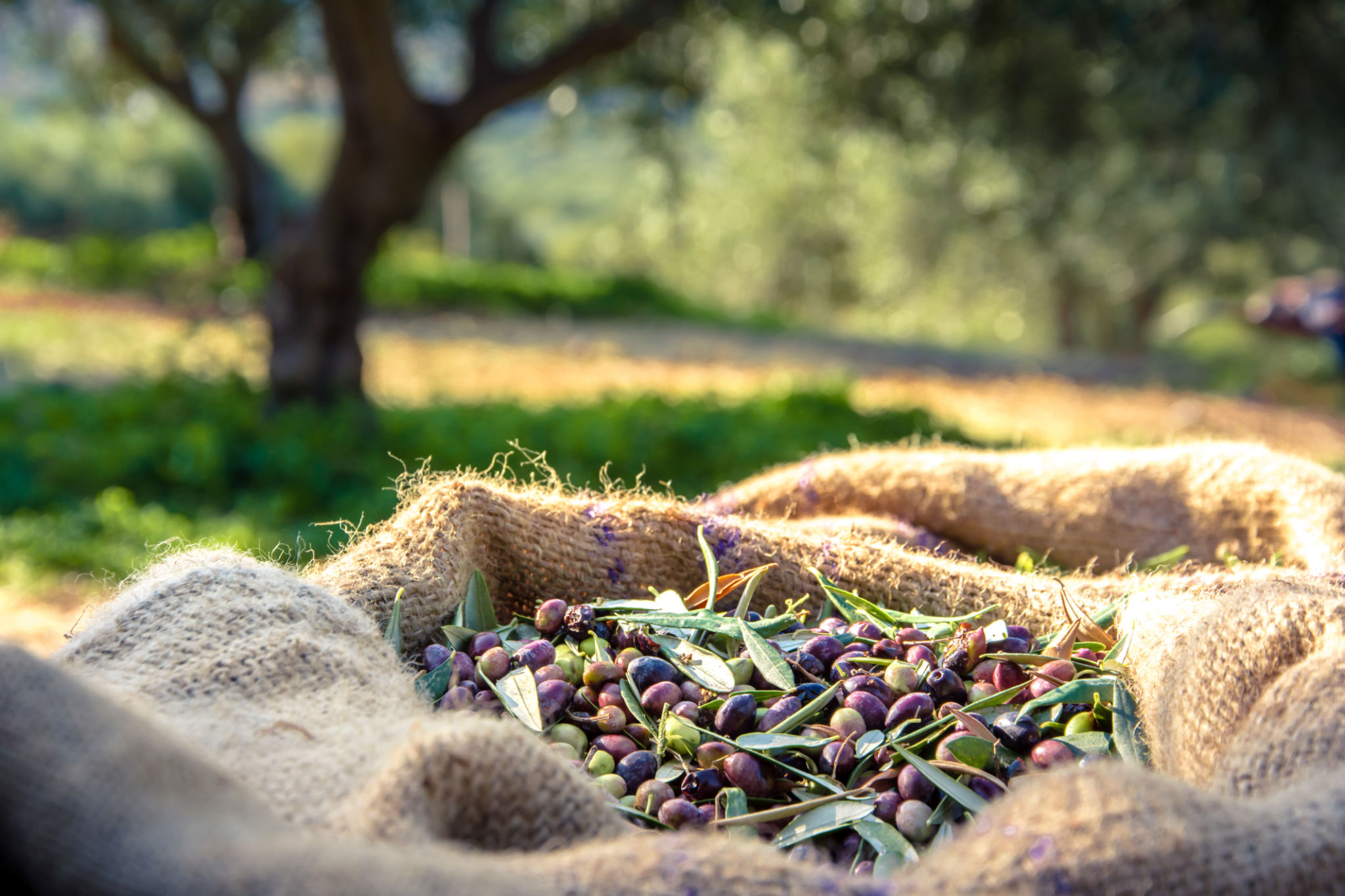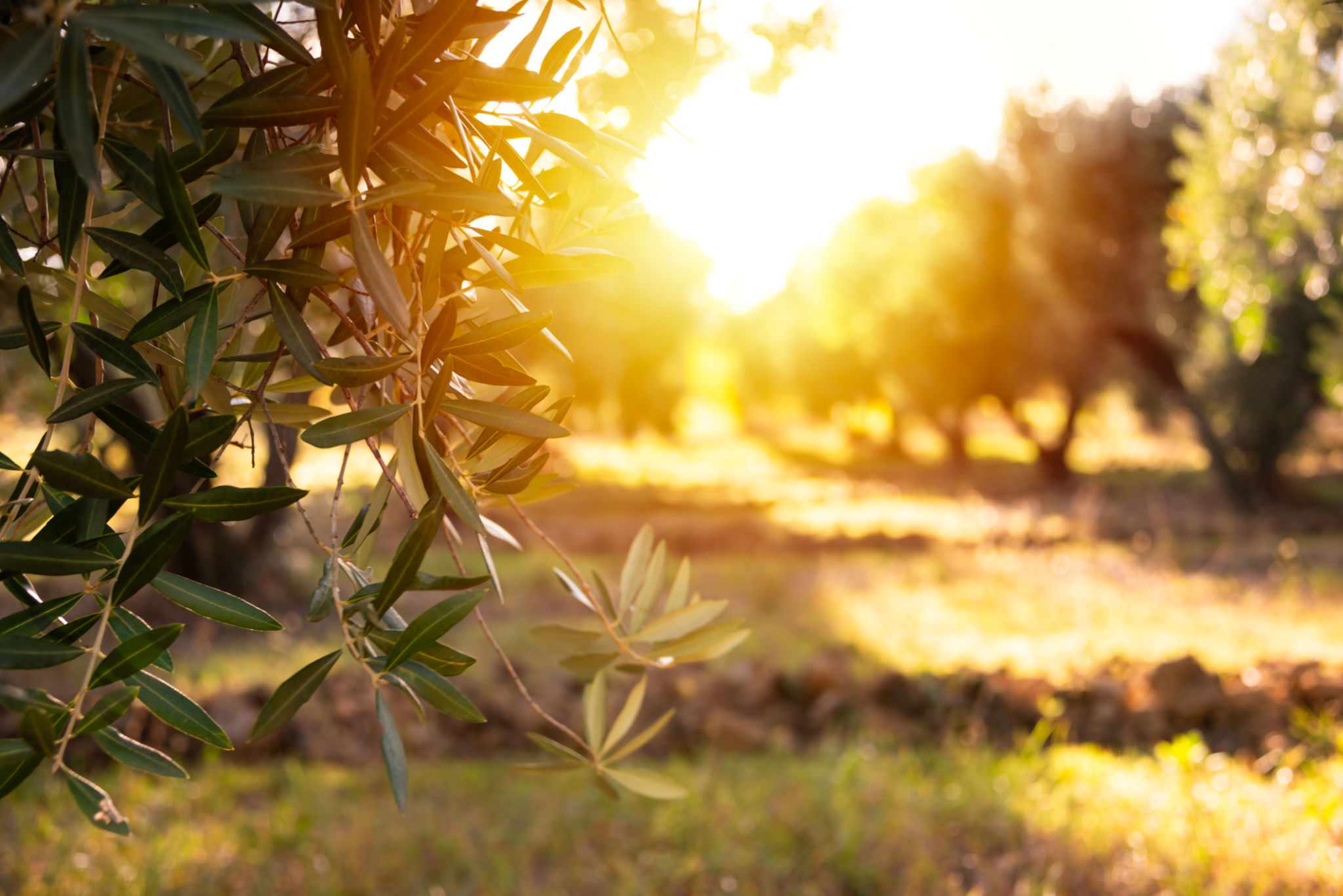Comprehensive Guide to Olive Farming in San Simon, AZ
Introduction to Olive Farming in San Simon, AZ
Olive farming in San Simon, AZ, is a growing industry that holds great promise due to the region's favorable climate and soil conditions. Known for its arid desert environment, San Simon provides an ideal setting for cultivating olives, which thrive in hot, dry climates. This comprehensive guide will walk you through the essential aspects of olive farming in this unique location.

Understanding the Climate and Soil
The climate in San Simon is characterized by long, hot summers and mild winters, making it perfect for olive trees. Olives require a specific range of temperatures to grow properly and produce fruit. The region's low humidity and high temperatures help prevent many of the diseases that can affect olive trees in more temperate zones.
Soil quality is another critical factor for successful olive farming. San Simon's soil is typically sandy and well-draining, which is beneficial for olive trees that do not tolerate waterlogged conditions. Farmers often conduct soil tests to determine the pH levels and nutrient content, adjusting as necessary to optimize growth.
Choosing the Right Olive Varieties
Selecting the right olive varieties is crucial for maximizing yield and quality. Some popular varieties grown in San Simon include Arbequina, Manzanillo, and Koroneiki, each offering unique flavors and characteristics. It's important to consider both the oil content and the adaptability of the variety to local conditions.

Planting and Caring for Olive Trees
Once the right variety is chosen, planting typically occurs in the spring or fall to take advantage of moderate temperatures. Proper spacing between trees is essential to allow for adequate sunlight and air circulation, which helps prevent disease.
Caring for olive trees involves regular pruning to shape the tree and enhance fruit production. Additionally, irrigation is important, especially during dry spells, but care should be taken to avoid overwatering. Fertilization with nitrogen-rich products can promote healthy growth.
Harvesting and Processing Olives
Harvesting olives is a labor-intensive process that typically occurs in late fall or early winter when the fruit has reached optimal ripeness. Farmers can use either manual or mechanical methods to collect olives. The timing of the harvest can affect both the quality and flavor profile of the resulting olive oil.

Sustainability Practices in Olive Farming
In San Simon, sustainable farming practices are gaining traction as farmers aim to minimize environmental impact while maintaining productivity. Techniques such as drip irrigation conserve water resources, while organic farming methods reduce reliance on synthetic pesticides and fertilizers.
Many farmers are also exploring integrated pest management strategies that promote biodiversity and use natural predators to control pests. These practices not only benefit the environment but can also enhance the quality of the olives produced.
The Future of Olive Farming in San Simon
With growing consumer demand for high-quality olive oil, the future of olive farming in San Simon looks promising. Farmers are continuously experimenting with new technologies and methods to improve yield and efficiency. As awareness of sustainable practices grows, San Simon has the potential to become a leader in environmentally responsible olive production.

Conclusion
Olive farming in San Simon, AZ, offers a lucrative opportunity for those willing to invest in understanding the unique conditions of the region. By selecting suitable varieties, employing effective cultivation techniques, and adopting sustainable practices, farmers can produce exceptional olives that contribute to the thriving agricultural landscape of Arizona.